Can Ligularia Be Divided – Learn How To Split Ligularia Plants
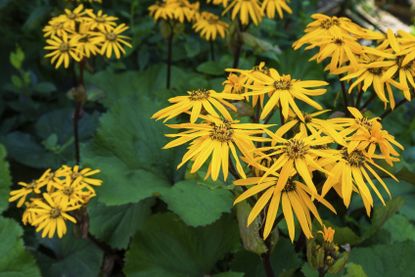

Like me, you may find yourself constantly on the lookout for shade plants other than hostas and coral bells. If you are lucky enough to have discovered the large and beautiful specimen plant, ligularia, odds are you’re hooked and want more. Growing 3 to 6 feet (1-2 m.) tall and 3 feet (1 m.) wide, the large, purple-tinged foliage topped with bright yellow flowers of ligularia has a dramatic effect in a part shade or shade garden. One is simply not enough. If you’ve wondered if can ligularia be divided, continue reading.
Propagating Ligularia by Splitting
Dividing perennials can rejuvenate them and stimulate new growth. Sometimes perennials will let you know when they need to be divided by not blooming well or when the center of the plant dies, leaving only a sort of donut shape of growth around the original plant crown. The plant overcrowds itself, and absorption of water and nutrients becomes restricted. Ligularia usually only needs to be divided for these reasons every five to ten years. You may choose to divide your ligularia just because you want more of these plants in the garden or to share with friends. Ligularia can be divided to create a beautiful part shade perennial hedge. With their high moisture requirements, ligularia divisions are also excellent to fill in a shady soggy area of the garden.
Tips on Dividing Ligularia
Propagating ligularia by divisions should be done in early spring or fall. It's always best to divide perennials on cooler, cloudy days. Hot, sunny days can cause extra stress to the plants. It just takes a little planning and patience to successfully divide ligularia. Plan to do it when there are a few days of rain forecasted. The day before dividing, thoroughly water the plant’s root zone. If you are dividing in spring, do it when new spring growth stands just a few inches (8 cm.) above the soil. If you are dividing in the fall, cut the plant back to about 6 inches (15 cm.) above the soil.
How to Split Ligularia
Before digging, prepare a mixture of water and a root stimulating fertilizer in a wheelbarrow or bucket. Ligularia will wilt quickly when stressed. Dig up the plant, getting as much of the roots as you can. Gently brush and shake all soil off the roots and untangle long roots as much as you can. With a clean, sharp knife, cut the ligularia root crown into the number of divisions you desire. Gently pull these division roots apart from the main roots and then immediately set the new division into the water and fertilizer mix. When you have all your desired ligularia divisions, you can plant them. Use the leftover fertilizer mixture to water your newly planted ligularia. Be sure to water new plants well for the first few weeks.
Gardening tips, videos, info and more delivered right to your inbox!
Sign up for the Gardening Know How newsletter today and receive a free download of our DIY eBook "Bring Your Garden Indoors: 13 DIY Projects For Fall And Winter".
-
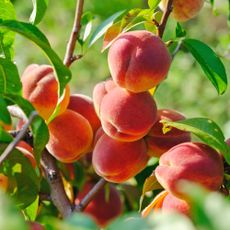 8 Best Fruit Trees To Plant As Bare Roots In Fall – For The Fastest, Sweetest Harvest
8 Best Fruit Trees To Plant As Bare Roots In Fall – For The Fastest, Sweetest HarvestGet a head start on home harvests by planting bare-root fruit trees this fall. Find the best varieties and learn tips for planting and caring for new trees.
By Mary Ellen Ellis
-
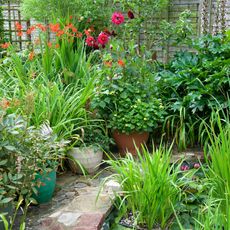 5 Urban Garden Ideas For Any Home – Add Natural Flair To The Tiniest Living Spaces
5 Urban Garden Ideas For Any Home – Add Natural Flair To The Tiniest Living SpacesJust because you live in a city, town or built-up area doesn’t mean you have to do without! Try these urban garden ideas to make a green haven even in limited space
By Mary Ellen Ellis
-
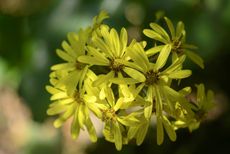 Leopard Plant Care – Tips On Growing A Leopard Plant
Leopard Plant Care – Tips On Growing A Leopard PlantThe leopard plant is a bold plant that stands out in semi-shady garden spots. Although appreciated for the small, daisy-like blooms, the spectacular, dinner-plate-sized foliage is the real attention-getter. Growing leopard plants in the garden is easy. Click here to learn how.
By Mary H. Dyer
-
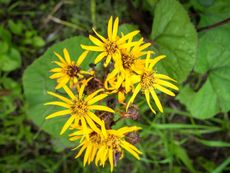 Ligularia Plant Information: How To Care For Ligularia Ragwort Flower
Ligularia Plant Information: How To Care For Ligularia Ragwort FlowerWhat is Ligularia? These plants are in the Aster family and are also commonly called ragwort flower. Learn how to care for Ligularia in the following article. Click here for more information.
By Bonnie L. Grant